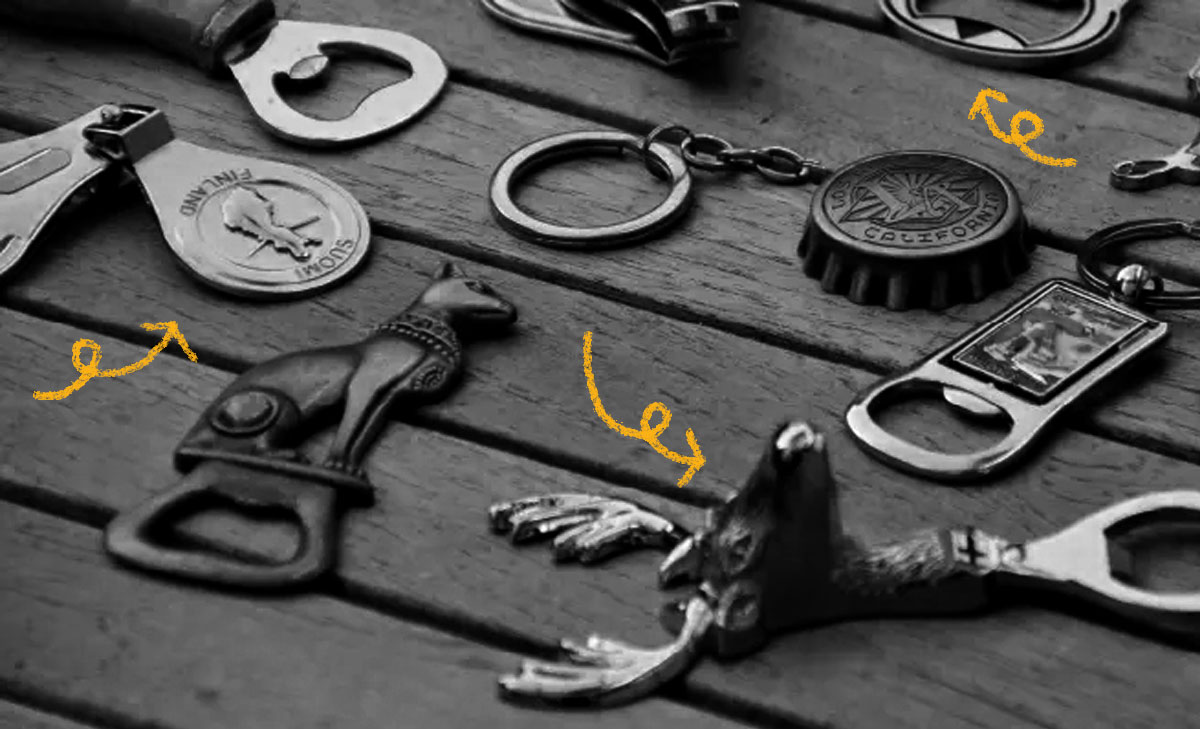The most widely accepted theory is that the bottle cap and the bottle opener were both invented by William Painter. A “crowbar-like device” (thought to be a bottle opener) featured in his third patent submission in 1890, and he received a patent for his bottle cap in 1892. However, Alfred L. Bernardin of Evansville, Indiana submitted a patent for a table-mounted bottle opener a few months before Painter submitted his handheld version. (Today, Bernardin’s estate claims that he was the rightful inventor of the bottle opener as well as the bottle cap.) A legal battle ensued that was focused around a factory superintendent who left the Bernardin Bottle Cap Company for Painter’s Crown Cork and Seal Company in the months before the patent submissions, but the patents were ultimately awarded to Painter, not Bernardin. Some of the earliest bottle openers produced were called “Church Key Openers” because the style resembled the ornate keys used to open Church doors; they were very similar to Painter’s original design. Branded bottle openers were often sold or given away to help promote various beverage companies. In fact, in the early 1900s, Pabst, Miller, and Anheuser-Busch used bottle openers as promotional products to increase brand awareness because competition between the three was high. Wall-mounted and machine-mounted bottle openers were also popular, and there were even figural bottle openers made from cast-iron and shaped to look like nearly anything. Today’s bottle opener surprisingly hasn’t changed much since it was first invented in the late 1800s, but it remains as crucial as ever.

Your go-to guide for weird history facts
Subscribe to the FREE daily email that makes learning about history fun.


